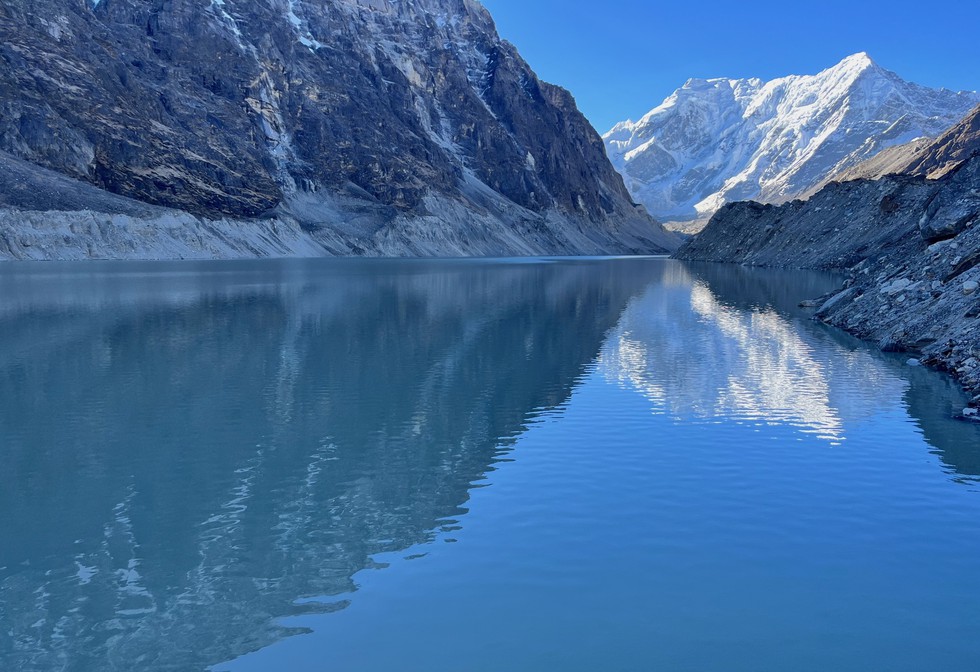About Central Water Commission (CWC):
- It is a premier technical organization of India in the field of water resources.
- It is presently functioning as an attached office of the Ministry of Jal Shakti, Department of Water Resources, River Development, and Ganga Rejuvenation, Government of India.
- Headquarters: New Delhi
- Functions:
- The Commission is entrusted with the general responsibilities of initiating, coordinating, and furthering, in consultation with the State Governments concerned, schemes for control, conservation, and utilization of water resources throughout the country for purposes of Flood Control, Irrigation, Navigation, Drinking Water Supply, and Water Power Development.
- It also undertakes the investigations, construction and execution of any such schemes as required.
- Organisation Structure:
- It is headed by a chairman, with the status of Ex-Officio Secretary to the Government of India.
- The work of the Commission is divided among 3 wings, namely,
- Designs and Research (D&R) Wing
- River Management (RM) Wing
- Water Planning and Projects (WP&P) Wing.
- Each wing is placed under the charge of a full-time member with the status of Ex-Officio Additional Secretary to the Government of India.
- Each wing, comprising a number of organisations, is responsible for the disposal of tasks and duties falling within the scope of functions assigned to them.
- The National Water Academy, located in Pune, is responsible for training of central and state in-service engineers and it functions directly under the guidance of the Chairman.
